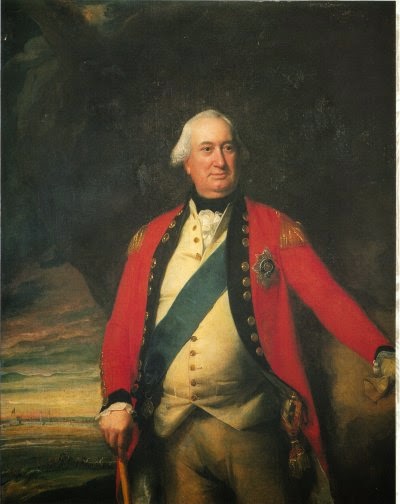The Constitution of the United States was written on September 17, 1787. It was ratified on June 21, 1788. The need for a new Constitution came following the American Revolution. A group of men who referred to themselves as the Nationalists felt that they needed to create a better more stronger government. They wanted a government that would measure up with that of foreign powers, and also one that would have less democracy. They felt that the Articles of Confederation and the Confederation Government were not strong enough. The first meeting among these state delegates occurred at Mount Vernon in May 1785. Only delegates from Virginia and Maryland attended the meeting. The issue was over passage along the Potomac River. The meeting was largely informal and they were able to accomplish what they needed to. The meeting did however turn to more important and larger issues. They shared these issues with the Confederation Congress, but nothing was ever done. The next meeting came in September 1786 when the delegates met at Annapolis, Maryland. Only 5 of the 13 states sent delegates to this meeting. At this meeting they discussed the problems with the Articles of Confederation and they drafted and send out a letter calling for more states to join in on this movement. The next meeting lasted from May to September 1787 in Philadelphia. More delegates showed up this time, but Rhode Island chose to hold out. By holding out Rhode Island made this meeting illegal. If caught these men could be arrested, tried, and hanged for treason. The most outspoken of these delegates was James Madison. Madison and his men from Virginia began to come up with ideas before the other delegates arrived. One of the biggest things he wanted was for the bigger states to have more votes then the smaller ones. This was never put into place. This delegation was made up of men such as George Washington, Ben Franklin, Alexander Hamilton, and a host of other big names. Washington was elected president of the convention by a unanimous vote. They thought that if Washington endorsed this new document then the citizens would as well. This proved to be very true. In the end these men were able to create a sound document that the citizens, for the most part, embraced. Since the Constitution was put into place in 1789, it has been amended 27 times. The efforts of these men have given us a strong, sound government that will last for a lifetime.
Above is a picture of the United States Constitution.
Above is a picture of George Washington.
Above is a picture of Ben Franklin.
Above is a picture of Alexander Hamilton.
Above is a picture of James Madison.
Stay tuned for more blog posts about tales from Tennessee and beyond.
















